Personalizing history for more impactful student learning
eSchool News
MARCH 6, 2024
Personalized paths, oral histories, and local histories are strategies that resonate with the NCSS definition to bring the human experience into the K-12 classroom, because these strategies allow students to determine how their life fits into the story of history and to discover why the past matters to them.

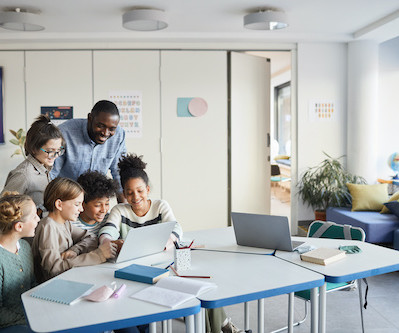
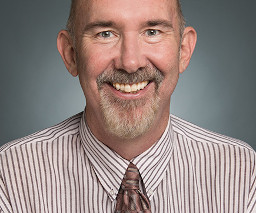

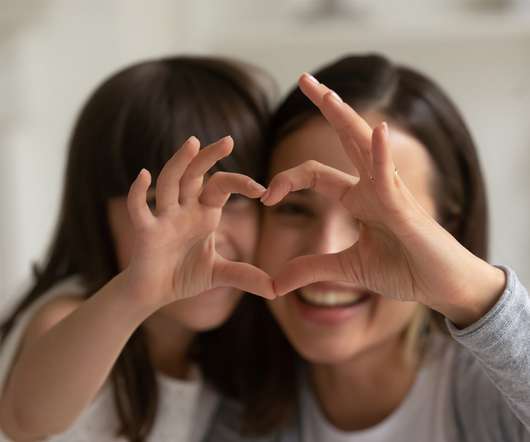
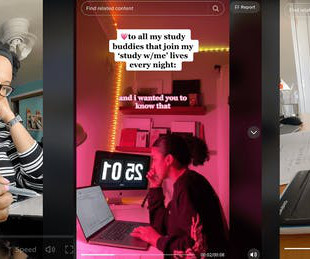


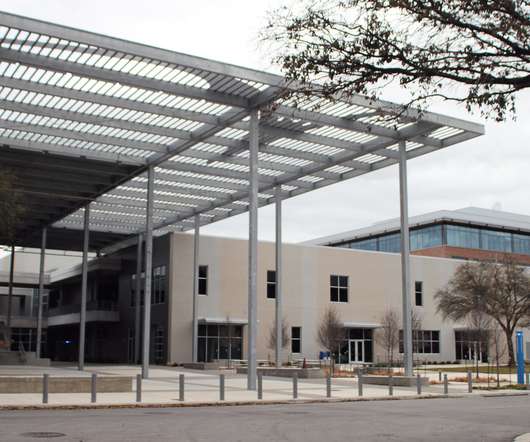
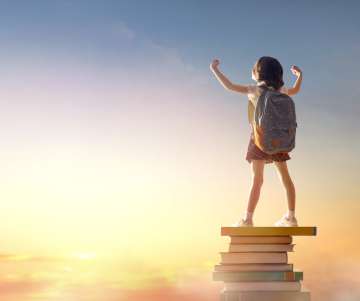

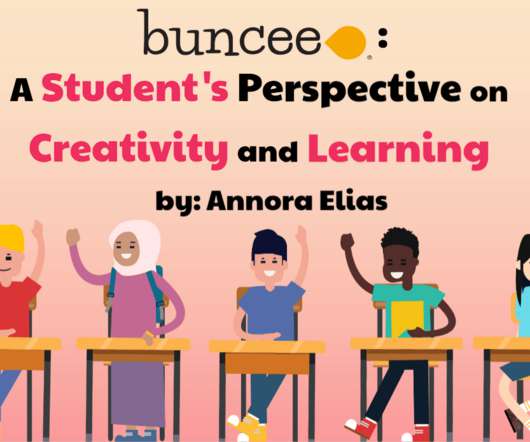



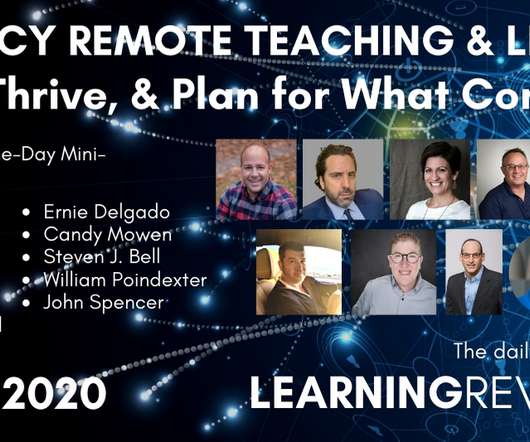



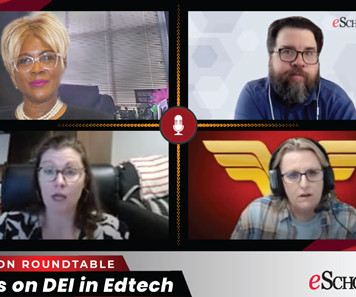







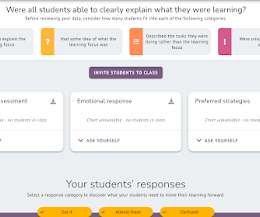















Let's personalize your content